As a mountain biker, you may have heard the term “29er” thrown around in conversations with other riders. But what exactly is a 29er and why should you consider riding one? Simply put, a 29er is a mountain bike with larger wheels that measure 29 inches in diameter. This may not seem like a significant difference, but it can have a major impact on your riding experience. In this article, we’ll explore the case for riding a 29er mountain bike and discuss some of the benefits that come with this type of bike.
Why a 29er mountain bike?
I love my 29er mountain bike because it is simply the best option for me. It performs well on any type of terrain, from technical descents to smooth singletracks. The larger wheels provide improved traction and stability, making it easier for me to roll over obstacles with confidence. Plus, the increased speed and momentum I get with my 29er make every ride more exhilarating. Overall, I highly recommend a 29er mountain bike to anyone looking for a fun and versatile ride. [1][2]

What is a 29er mountain bike?
A 29er mountain bike is a type of mountain bike that features 29-inch wheels. Unlike the traditional 26-inch wheels, 29ers offer several advantages, such as better momentum, larger tire contact area, and higher attack angle. They are known for providing a stable and comfortable ride on technical terrain and reducing fatigue by smoothing out the trail. While they may be slightly heavier and slower to accelerate from a stop, the benefits of a 29er outweigh the tradeoffs for many riders. [3][4]
Why is it gaining popularity?
In my opinion, one reason why 29er mountain bikes are gaining popularity is because of their larger wheel size. This translates to better traction, stability, and easier obstacle navigation, making them great options for technical terrain and steep descents. Additionally, their increased speed and momentum make them suitable for racing and fast rides. Despite their heavier weight and potential difficulty in maneuverability, they offer comfort and confidence to riders. Furthermore, with advancements in technology, there are now more affordable options available for beginners and enthusiasts alike. [5][6]

Advantages of a 29er Mountain Bike
I absolutely love riding my 29er mountain bike! One of the biggest advantages of this bike is its larger wheel size which allows for a smoother ride. I also appreciate the improved traction and stability that comes with a larger contact patch on the ground. Rolling over obstacles is a breeze and I feel more confident and comfortable when tackling technical terrain. Plus, the increased speed and momentum make riding even more fun and exciting! [7][8]
Larger wheel size and how it affects ride quality
In my experience, riding a mountain bike with 29-inch wheels feels noticeably different from smaller-wheeled bikes. The larger diameter gives the bike a smoother ride, with less jarring impacts from trail obstacles like rocks and roots. It also allows for better momentum and speed, making open terrain easier to cover. However, this does come with some trade-offs, including a slight decrease in maneuverability and agility. Overall, I think the benefits of a 29er wheel size outweigh the drawbacks and make for a more comfortable and confident ride. [9][10]
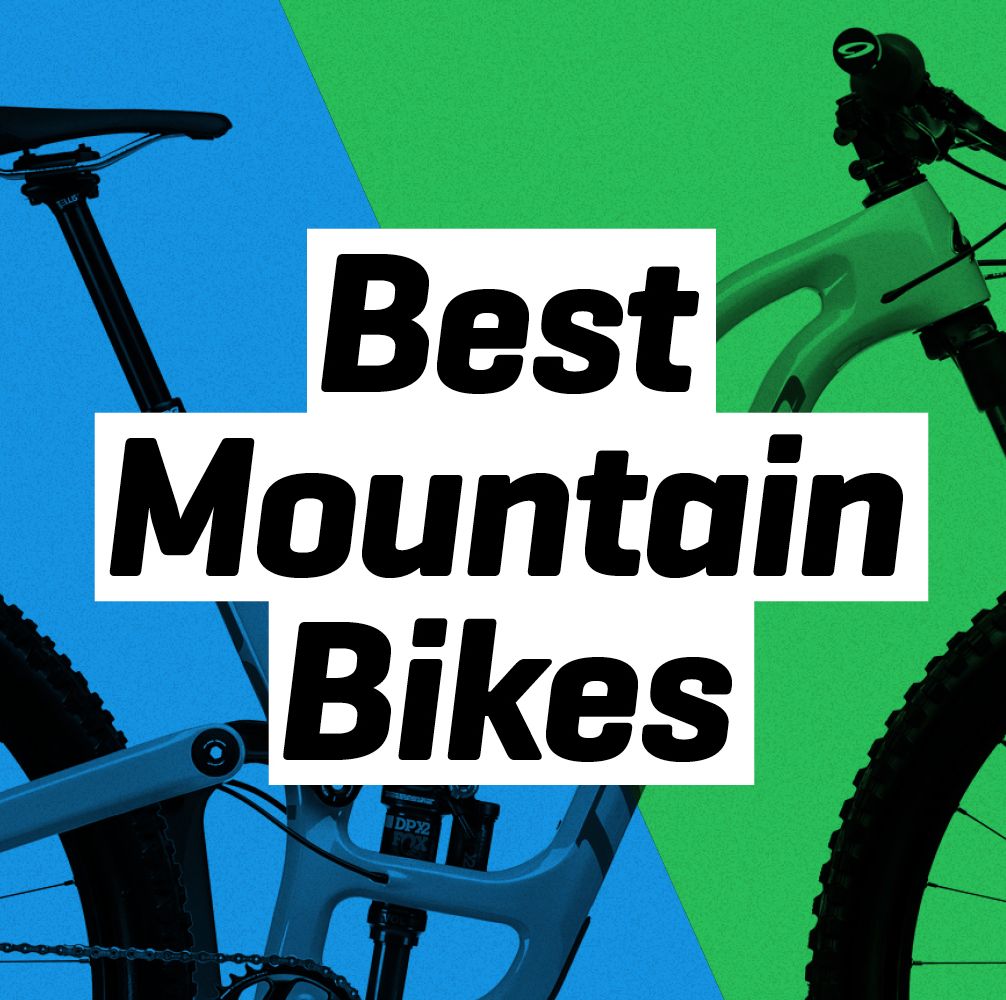
Improved traction and stability
When I switched to a 29er mountain bike, one of the immediate benefits I noticed was the improved traction and stability. The larger diameter wheels with their shallower attack angle made it easier to roll over obstacles like rocks and roots, providing a smoother ride with less impact and fatigue. With this added stability, I felt more confident tackling technical terrain and hitting high speeds on descents. Plus, the larger contact patch with the ground provided excellent grip, especially on loose and unpredictable terrain. [11][12]
Better rolling over obstacles
As someone who has ridden both 29ers and smaller-wheeled mountain bikes, I can definitely attest to the benefits of riding on 29-inch wheels. One of the biggest advantages I’ve noticed is the ease with which they roll over obstacles on the trail. Whether it’s rocks, roots, or other debris, my 29er has proved time and time again to be a smoother ride thanks to its larger diameter wheels. Plus, with a shallower attack angle, the bike is better equipped to handle tougher terrain without throwing me off balance. All in all, I wouldn’t go back to a smaller-wheeled bike anytime soon! [13][14]

Increased speed and momentum
I have to admit, one of the things I love about my 29er mountain bike is the increased speed and momentum it provides. With the larger wheels, I can cover more distance with less effort and maintain my speed more efficiently on open terrain. It’s especially noticeable when I’m racing or trying to keep up with my more experienced riding buddies. Plus, it just makes the ride more fun when I can power through obstacles and reach higher speeds with ease. [15][16]
Comfort and confidence on technical terrain
I love riding my 29er mountain bike on technical terrain! The larger wheels really come in handy when navigating over rocks and roots, giving me that comforting feeling of stability and traction. I feel more confident and in control as I power through challenging sections of the trail. Sure, the bike may weigh a bit more than some other options, but the advantages on technical terrain make it worth it for me. If you want to feel comfortable and confident when tackling the toughest trails, a 29er mountain bike might just be the perfect choice for you. [17][18]

Compatibility with different types of trails
When it comes to riding a 29er mountain bike, one of the biggest advantages is its compatibility with different types of trails. The larger wheels provide improved traction and control, making it easier to climb and corner. The higher attack angle also means that you can smoothly roll over trail obstacles, reducing fatigue and increasing comfort. Whether you’re a beginner or an experienced rider, the 29er is a versatile option that can handle a range of terrains and trail conditions. [19][20]
Disadvantages of a 29er Mountain Bike
As someone who has ridden both 29er and smaller-wheeled mountain bikes, I can attest to the fact that there are some disadvantages to riding a 29er. One of the biggest drawbacks is maneuverability and agility. Due to the larger wheel size, it can be harder to navigate tight and technical trails. Additionally, 29er mountain bikes tend to be heavier than other options, which can make them more difficult to handle for some riders. Cost can also be a factor as 29er mountain bikes tend to be more expensive than their smaller-wheeled counterparts. [21][22]

Maneuverability and agility
I love the agility and maneuverability of my 29er mountain bike. Despite the larger wheel size, it is surprisingly nimble on tight and twisty trails. It responds quickly to my inputs and allows me to easily maneuver around obstacles. Plus, the larger wheels help me roll over larger rocks and roots with ease, making technical sections feel less daunting. Overall, I find that the added stability and agility of a 29er make it an excellent choice for any rider looking to take on challenging terrain. [23][24]
Compatibility with shorter riders
As a shorter rider myself, I used to believe the hype that 29ers were not suitable for riders under five foot five. For a long time, that was true, as the bigger wheel size often resulted in toe overlap and compromised bike handling for smaller frames. However, bike manufacturers have since evolved the 29er formula and made innovations in carbon and suspension systems, opening up the possibility of high-performance 29ers for riders as short as four-foot-ten. It’s great news for us shorter riders because the larger wheels offer compelling advantages such as more speed, traction, and smoother rides. [25][26]
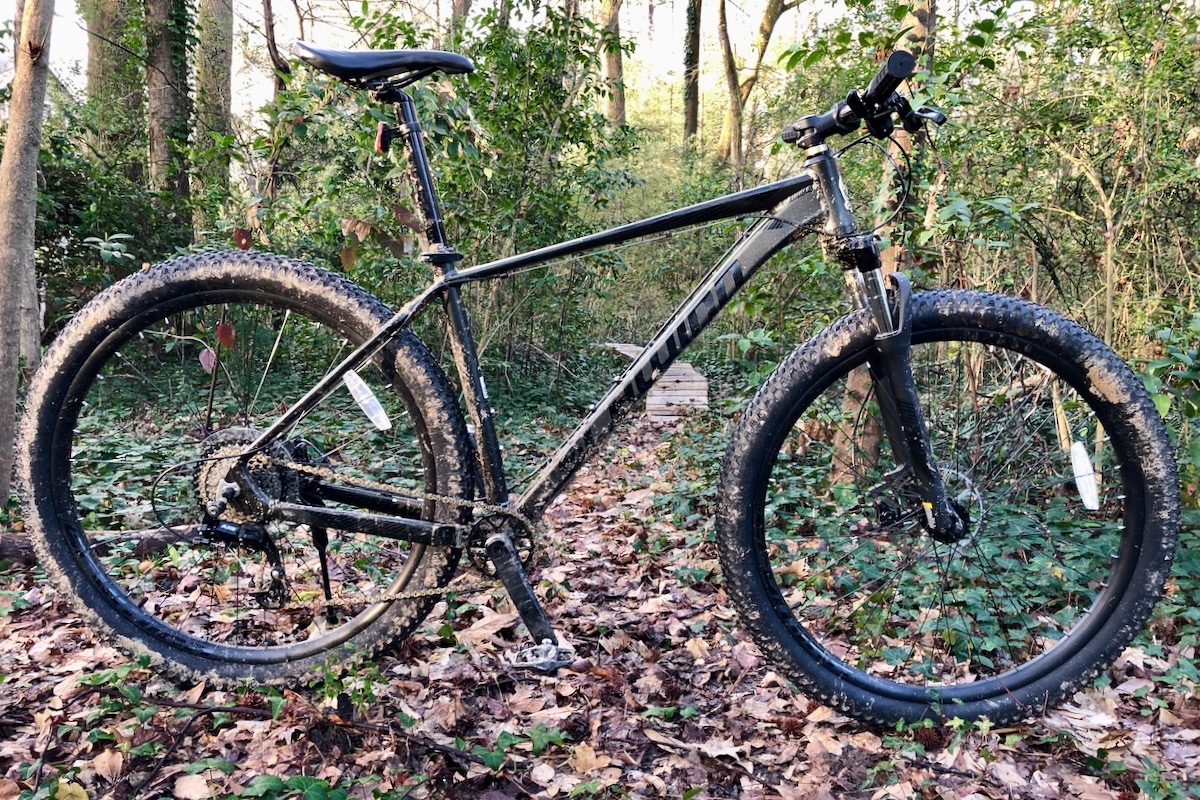
Increased weight
One of the disadvantages of a 29er mountain bike that I’ve experienced is the increased weight compared to other wheel sizes. This can make it more challenging to climb steep terrain and maneuver through tight trails. The larger wheels and frame required to accommodate them mean that the bike can weigh several pounds more than a comparable 27.5 or 26-inch bike. However, this doesn’t mean that 29ers should be discounted altogether. With the right components and fit, a 29er can still be a great choice for riders of all levels. [27][28]
Cost
When it comes to buying a 29er mountain bike, cost is definitely a factor to consider. These bikes can be more expensive than their smaller-wheeled counterparts, but it’s important to remember that you’re investing in quality and durability. While you may be spending more upfront, a well-maintained 29er can last for years to come, making it a worthwhile investment for any serious mountain biker. Plus, with a range of options available at varying price points, there’s a 29er to fit every budget. [29][30]
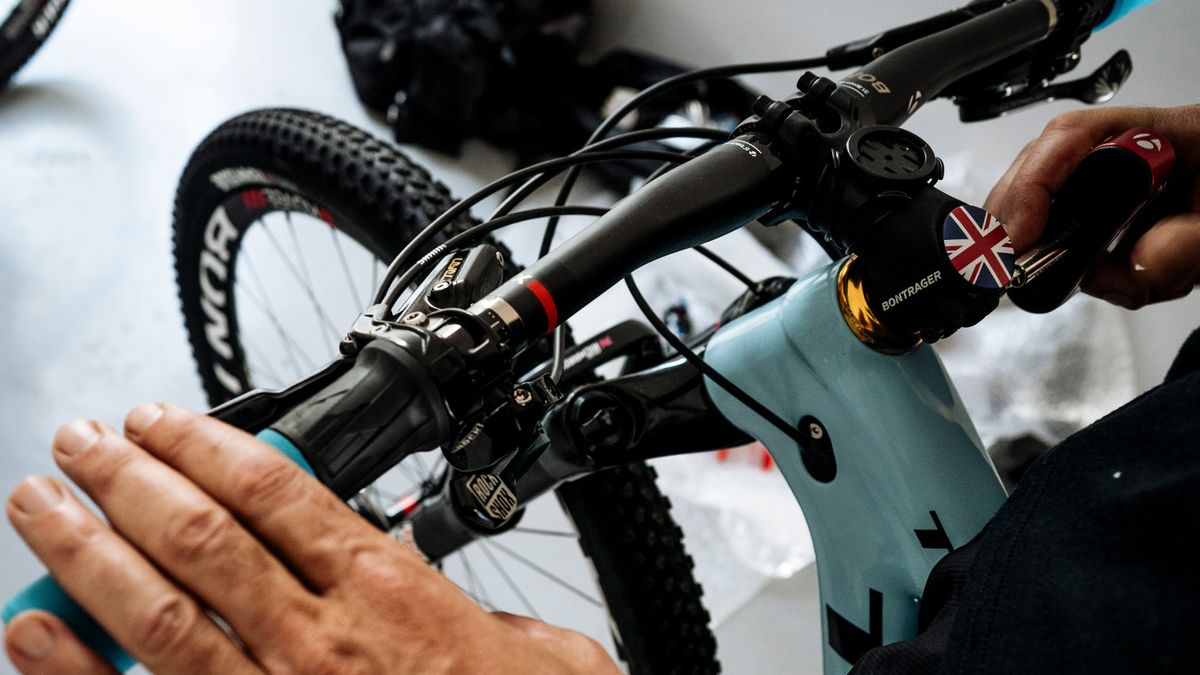
Components and Features of a 29er Mountain Bike
As an avid mountain biker, I have found that riding a 29er mountain bike offers several advantages over smaller wheel sizes. The larger 29-inch wheels provide better momentum, traction, and stability on the trail. The frame geometry and suspension can also significantly impact the overall performance of the bike. When choosing a 29er, it is important to consider factors such as terrain, budget, and maintenance needs. With the right components and features, a 29er mountain bike can provide an exceptional ride experience. [31][32]
Wheel size
I love riding my 29er mountain bike! One of the biggest reasons is because of the wheel size. The 29-inch wheels offer incredible rollover ability, meaning I can smoothly navigate over obstacles like rocks and roots with less impact. Plus, the larger circumference provides more surface area and a larger contact patch with the ground, giving me better stability and traction. Sure, smaller wheels may have a slight advantage in acceleration, but I’ll take the overall speed and efficiency of my 29er any day. [33][34]
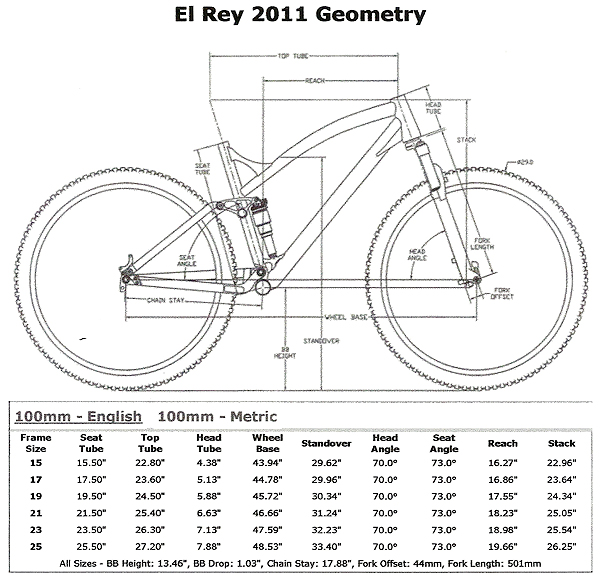
Frame geometry
When looking for a 29er mountain bike, one key factor to consider is frame geometry. This refers to the angles and dimensions of the frame, which can greatly affect the bike’s handling and overall feel. A geometry that is more upright and relaxed can be great for endurance rides and long climbs, while a more aggressive geometry with steeper angles can be better for quick handling and descending. It all comes down to personal preference and the type of riding you plan to do. Make sure to test ride a few different options to find the frame geometry that feels best for you. [35][36]
Suspension
I personally love the suspension on my 29er mountain bike. The front suspension fork helps absorb impacts from rocks and roots on the trail, making for a smoother ride. And with the larger 29 inch wheels, I have even more rollover ability, meaning I can handle technical climbs and descents with ease. Plus, the stability and traction provided by the suspension system helps me ride with more confidence and control. Overall, the suspension on my 29er makes for a more enjoyable and comfortable ride on any terrain. [37][38]

Tire width
I love riding my 29er mountain bike and one of the things that makes it so great is the tire width. With 29 inch wheels, the tires have more surface area and a larger contact patch with the ground than smaller wheeled bikes. This means more traction on the trail, especially when navigating loose terrain like sandy gravel or slippery roots and rocks. It’s amazing how much of a difference the tire width can make when it comes to my overall riding experience. [39][40]
Brakes
When it comes to riding a 29er mountain bike, having reliable brakes is essential for a safe and enjoyable ride. Personally, I prefer disc brakes over rim brakes because they offer better stopping power in wet conditions and don’t wear out the rims as quickly. Some 29er mountain bikes come with hydraulic disc brakes, which provide even more precise stopping control and are easier to adjust than mechanical disc brakes. Make sure to regularly maintain your brakes by checking the brake pads for wear and adjusting the brake cable tension as needed. [41][42]

Gears
When it comes to 29er mountain bikes, one of the most important components is the gears. With a larger wheel diameter, 29ers have the ability to carry more momentum once rolling, meaning that you can cover more ground with less effort. However, you’ll still need the right gearing to help you tackle technical climbs and maintain your speed on open terrain. Make sure to choose a 29er with the appropriate gear ratio for your riding style and terrain, and you’ll be able to take advantage of all the benefits of this versatile mountain bike. [43][44]
Choosing the Right 29er Mountain Bike
When it comes to choosing a 29er mountain bike, there are several factors to consider. First, think about the type of riding and terrain you’ll encounter most often. This will help determine the appropriate suspension type and frame material. Budget is another consideration, as 29ers can range from affordable options to high-end models. When maintaining your 29er, it’s important to regularly clean and lubricate the bike. And don’t forget about accessories, like a good pair of gloves and a helmet. My advice? Choose a reputable brand, take a test ride, and trust your instincts. [45][46]

Factors to consider
When choosing a 29er mountain bike, there are several factors to consider. First and foremost, think about the type of riding you will be doing and the terrain you will encounter. Consider your budget and what frame material and suspension type will be best for you. It’s also important to maintain your bike and invest in accessories to enhance your riding experience. And don’t forget to join online communities for resources and support. [47][48]
Types of riding and terrain
When it comes to choosing the right 29er mountain bike, it’s important to consider the type of riding and terrain you’ll be tackling. If you’re into technical climbs with steep angles and obstacles, a 29er with front suspension might be the way to go. If you prefer stability on descents and tackling loose terrain, a full suspension 29er could be more your speed. It’s important to match your riding style and needs with the right bike to ensure the most enjoyable and efficient experience. [49][50]

Budget
When it comes to buying a mountain bike, budget is always a concern. Luckily, with the popularity of 29ers, there are plenty of affordable options on the market. Whether you’re a beginner or a seasoned rider, you can find a great 29er at a price that works for you. Keep in mind that while a higher price tag may come with perks like better components and a lighter frame, there are plenty of budget-friendly bikes that still offer fantastic performance on the trail. [51][52]
Frame material
When it comes to choosing a 29er mountain bike, one of the most important factors to consider is the frame material. After all, it’s what gives the bike its strength and durability. I’ve found that carbon fiber frames are lightweight and offer great vibration dampening, while aluminum frames are more affordable and tend to be stiffer. Titanium frames are also an option, but they can be quite expensive. Personally, I prefer a balance of strength and affordability, so I tend to lean towards aluminum frames. Ultimately, it’s all about finding what works best for your budget and riding style. [53][54]

Suspension type
Personally, I prefer the full suspension 29er mountain bike for its versatility and ability to handle a variety of terrain. The added rear suspension allows for a smoother ride and better control on technical descents, while the larger 29-inch wheels provide excellent rollover ability and traction. However, for those who prioritize speed and efficiency on climbs, a front suspension 29er may be the better option. Ultimately, it comes down to your riding style and preferences, but it’s worth considering both options before making a decision. [55][56]

Maintaining Your 29er Mountain Bike
Maintaining your 29er mountain bike is crucial to ensuring it performs at its best on the trails. Regular maintenance tasks like cleaning and lubing the chain, checking tire pressure, and inspecting the brakes are all important to keep your bike running smoothly. I always make sure to give my 29er a thorough check-up before each ride and take it in for tune-ups as needed. By keeping up with maintenance, you can extend the life of your bike and enjoy a better riding experience. [57][58]

Accessories for Your 29er Mountain Bike
When it comes to building out your 29er mountain bike, there are a few key accessories that you’ll want to make sure you have before hitting the trails. First and foremost, a good helmet is a must-have to protect your most important asset, your brain. A mini-pump and spare inner tube are essential in case you experience a flat tire while out riding. And of course, you’ll need to stay hydrated, so a water bottle or hydration pack is a must. Other accessories to consider include gloves for grip and protection, a multi-tool for bike adjustments, and a bike computer to track your rides. With these key items in your arsenal, you’ll be set to tackle any trail on your 29er mountain bike. [59][60]

How to Improve Your Riding on a 29er Mountain Bike
One great way to improve your riding on a 29er mountain bike is to focus on developing your balance and control. Since 29ers are larger and heavier than other mountain bikes, they require more precision and balance when maneuvering through technical terrain. You can work on improving your riding by practicing on easy trails and gradually building up to more difficult ones. Additionally, experimenting with tire pressure and adjusting your suspension settings can help you find the perfect balance of speed and control for your riding style. [61][62]

29er Mountain Bike Communities and Resources
Hey guys, if you’re looking to dive into the world of 29er mountain bikes, there are plenty of resources and communities out there to help you out. Online forums and social media groups are a great way to connect with other riders and get tips on everything from bike maintenance to the best trails in your area. You can also visit your local bike shop for advice and to test ride different 29er models. Remember to always ride safely and have fun exploring new trails! [63][64]

FAQs
As someone who has ridden 29ers for years, I often get asked questions about these mountain bikes. One common question is what rider height is best suited for a 29er. The truth is, 29ers have come a long way and can fit riders of various heights. Another question people ask is about the expense of 29ers. While they may be pricier than some 26 and 27.5 inch bikes, that doesn’t mean they’re only for advanced riders. And as for racing, many riders have found success on 29ers. Ultimately, the decision between wheel sizes comes down to personal preference and the type of riding you do most. [65][66]
What is the ideal rider height for a 29er mountain bike?
So, what’s the ideal height for a 29er mountain bike? Well, I’ve researched this thoroughly and found that bikes with 29 inch wheels can be ridden by anyone who is at least 5’6″ tall. However, for the most comfortable ride, a rider who is 6 feet or taller would be best suited for this type of bike. It’s important to find the right fit for your body to ensure maximum performance and enjoyment on the trails. [67][68]

Are 29ers only for advanced riders?
I used to think that 29ers were only for advanced riders. But that’s not necessarily true anymore. With modern technology and geometry, 29ers have become more versatile and accessible to riders of all levels. Of course, there are still high-end models specifically designed for elite riders. But if you’re looking for a fun, fast, and stable ride on the trails, a 29er could be a great option for you, regardless of your skill level. [69][70]
Are 29ers more expensive than other types of mountain bikes?
In my experience, 29er mountain bikes tend to be more expensive than other types of mountain bikes. This is partially because they require larger frames and consequently more materials. Additionally, 29ers are often equipped with higher-end components to accommodate their larger size. However, this doesn’t mean that you can’t find affordable 29ers that still offer great performance. It’s always important to do your research and compare prices before making a purchase. [71][72]
Can you race a 29er mountain bike?
Yes, you absolutely can race a 29er mountain bike! In fact, many professional cross country and endurance racers opt for 29ers due to their ability to carry speed efficiently over longer distances. The larger wheels provide excellent rollover ability, making it easier to navigate technical terrain. Additionally, the increased stability and traction of 29ers make them great for descending and cornering at high speeds. So if you’re looking to compete in a mountain bike race, don’t hesitate to give a 29er a try! [73][74]
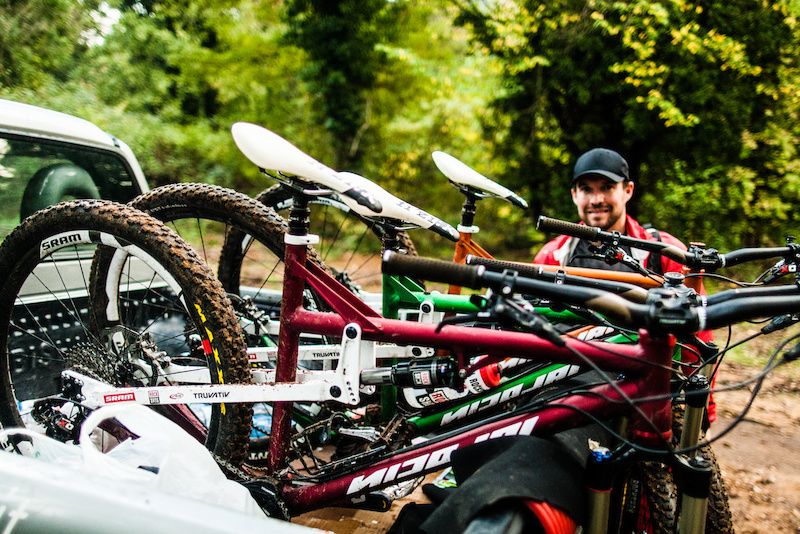
Do 29ers have better traction than 27.5 or 26-inch bikes?
From my personal experience and research, I have found that 29ers do have better traction than 27.5 or 26-inch bikes. This is mainly due to the larger contact patch created by the bigger wheels, allowing for more grip and stability on the trails. Additionally, 29ers have a larger attack angle, which helps them roll over obstacles more easily. However, it’s important to note that terrain and riding style can also play a significant role in determining which wheel size is best for you. [75][76]
Final Verdict
In my experience, the 29er mountain bike is the way to go. While 27.5-inch wheels may be more nimble and easier to maneuver, the stability and momentum of the larger size is unbeatable. The 29er allows for smoother riding over obstacles and holds speed better on straightaways. Plus, with advancements in technology, 29ers are now available for all sizes and styles of riders. So, if you’re in the market for a new mountain bike, consider the 29er as your go-to option. [77][78]